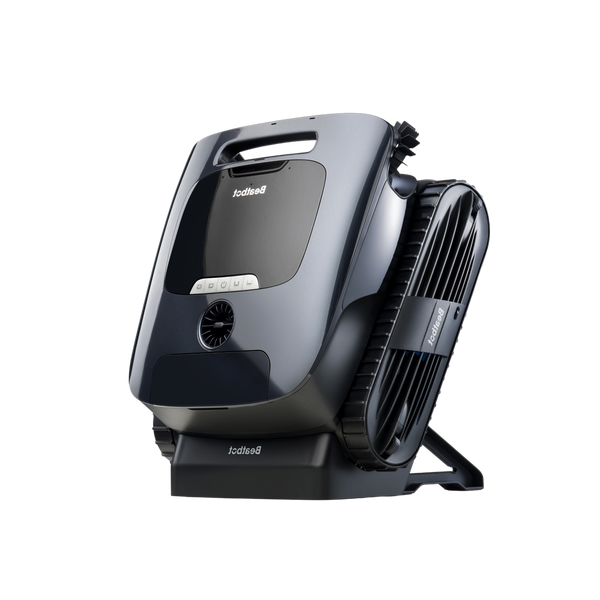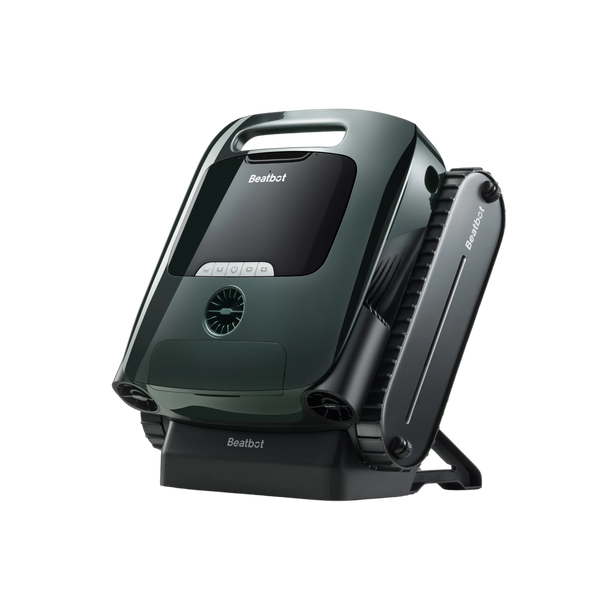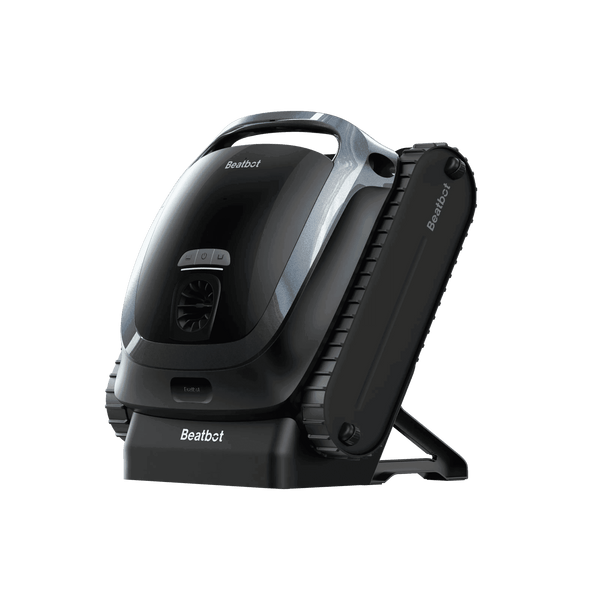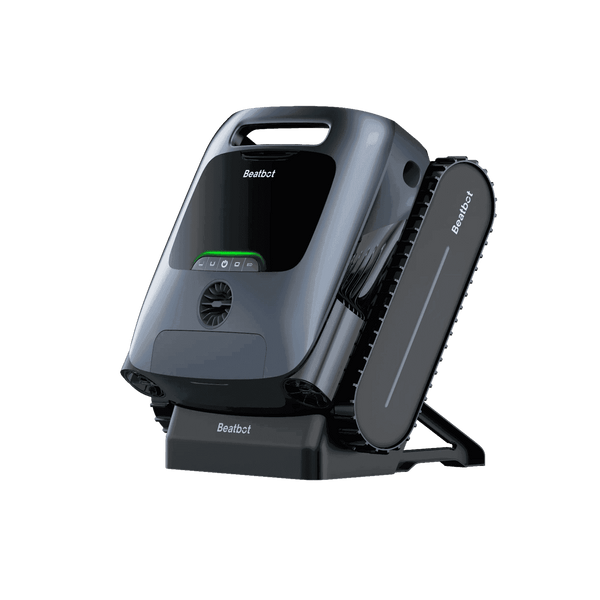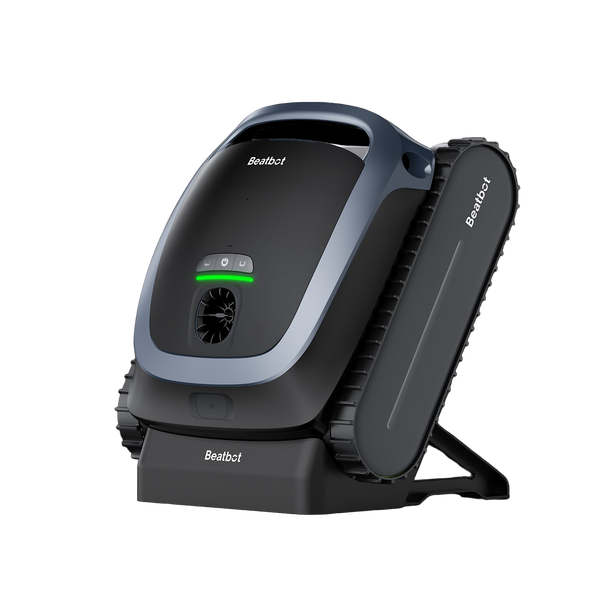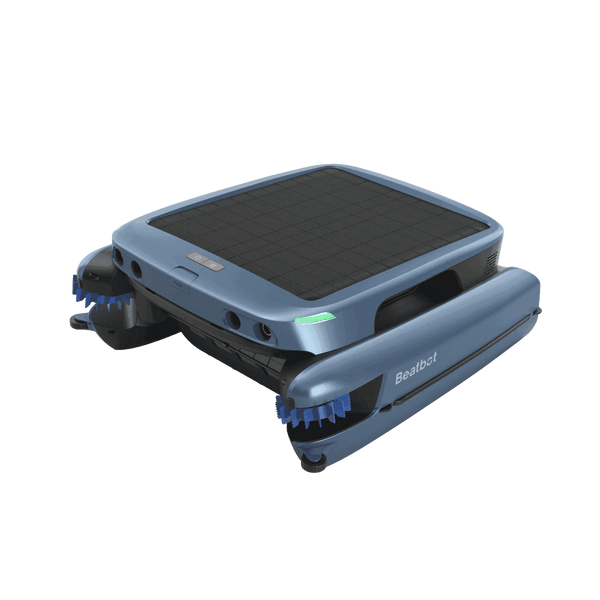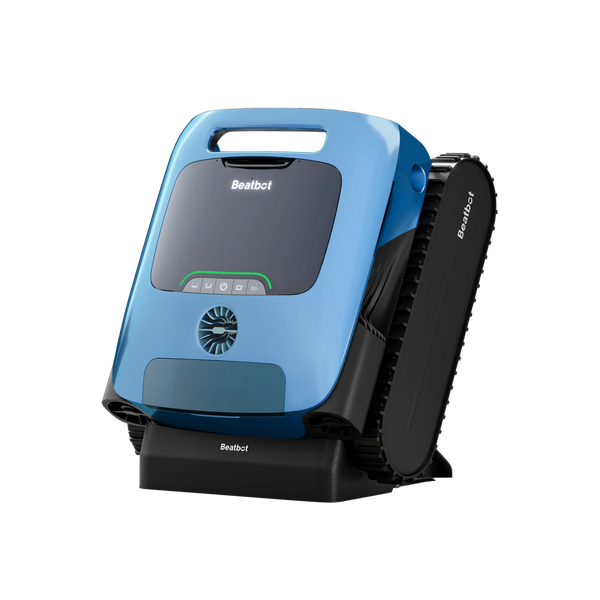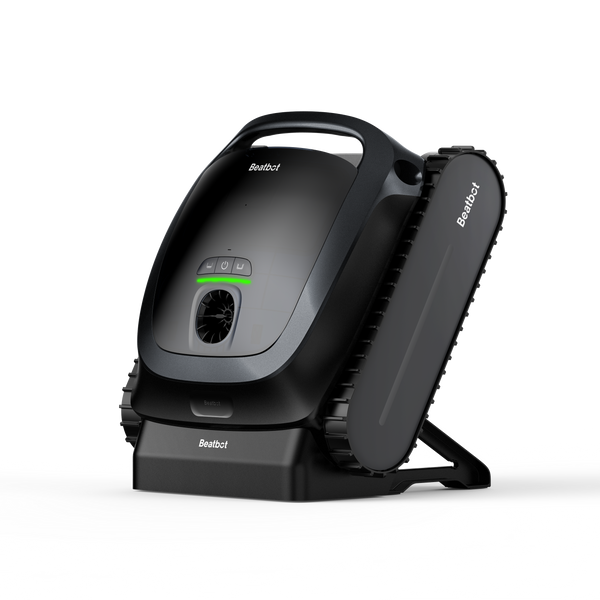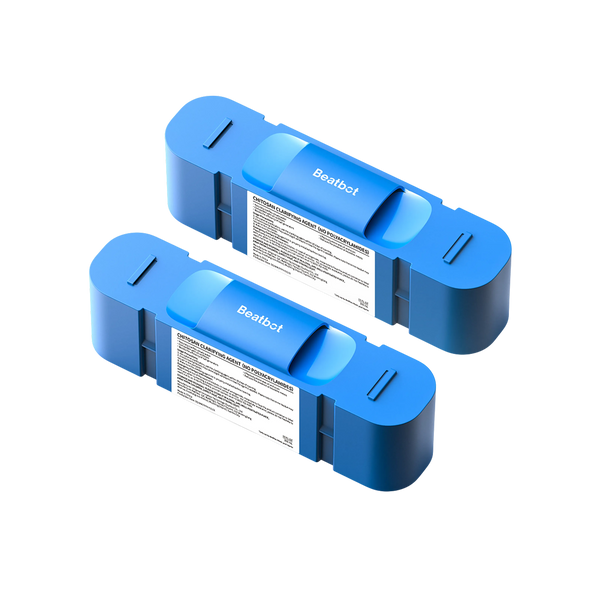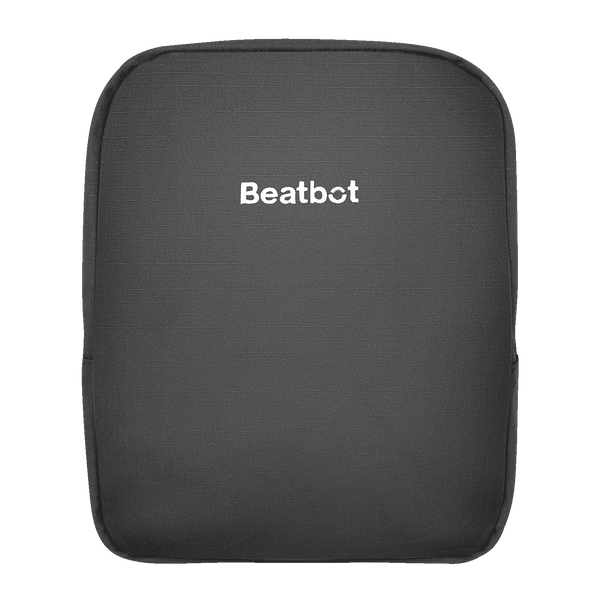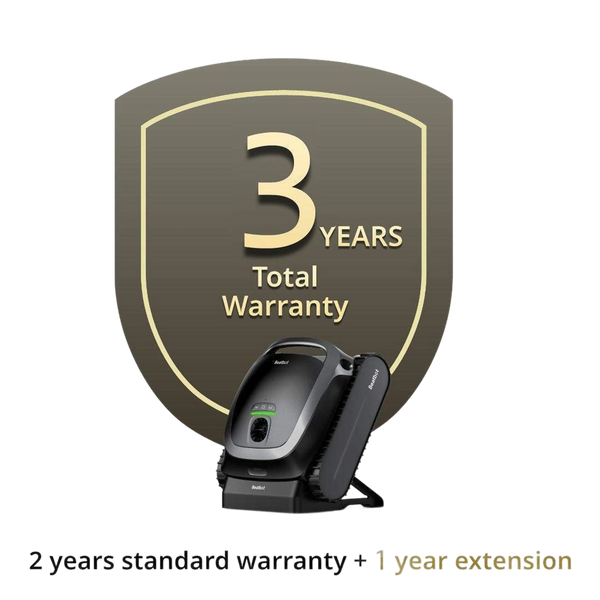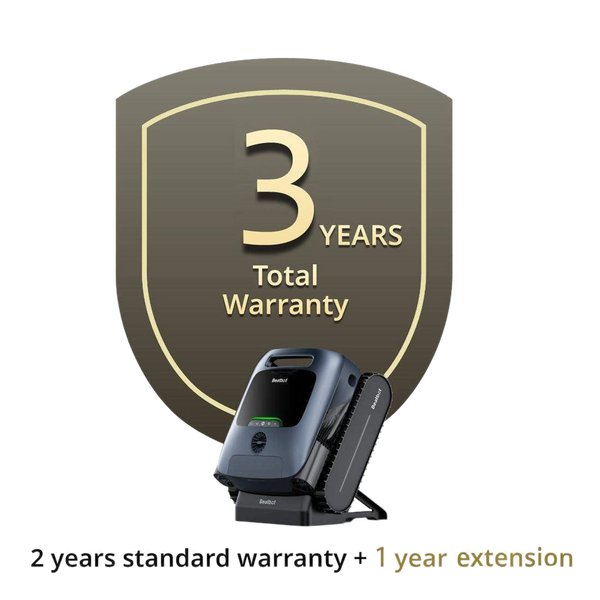How to Choose the Right Pool Vacuum for Your Inground Pool
Every pool owner knows the struggle: dirt settles on the floor, leaves drift down, and no amount of skimming ever keeps up. That’s why pool vacuums are essential. The challenge is deciding between suction, pressure, robotic, or cordless units—all with their own pros and cons. Making the wrong choice can mean more work, not less.
Why the Type of Pool Vacuum Matters
Inground pools come in all shapes and sizes, and each design presents unique cleaning challenges. A rectangular pool with a shallow end and deep end might be easier to vacuum than a kidney-shaped pool with curves, steps, and benches. The type of debris you deal with also changes the game—fine dust requires strong filtration, while leafy pools need powerful suction and large baskets. That’s why choosing the right type of vacuum is more than a convenience; it’s about finding a system that works for your exact situation without constant oversight.
Robotic vs Suction-Side
Do I really need a robotic vacuum, or will a suction-side cleaner do the job?
Suction side vacuums connect directly to your pool’s skimmer or suction port. They use the pool pump’s suction power to move across the surface and collect debris. They’re cheaper up front and fairly simple to set up. If you don’t mind attaching a hose and running your pump for extra hours, they can keep your pool fairly clean. The downside is that they depend on the pump’s performance, which means they often slow down when the filter gets dirty. They also clog more easily with leaves, forcing you to stop and clear them out. For pools with only light dirt and dust, suction models are fine. Suction side vacuums don’t handle heavy leaf loads well; their suction weakens and they clog easily.
Robotic pool vacuums, in contrast, run independently from the pool’s system. They have built-in motors, filters, and navigation features that allow them to move around the pool on their own. They scrub walls, steps, and waterlines while collecting debris in their own container. Because they don’t rely on your pool pump, they reduce strain on your system and save you energy in the long run.
They’re more expensive up front, but the convenience is unmatched. Press start, drop them in, and let them run while you do something else. Robotic vacuums are usually the smarter choice.
SEE ALSO Robotic vs Suction vs Pressure Pool Cleaners: Which Pool Vacuum Is Right for You?
Smart Navigation
Older vacuums often moved randomly, relying on luck to eventually cover the whole pool. They would waste time cleaning the same spots multiple times while missing corners or steps completely. Smart navigation changes that.
Modern robotic vacuums use sensors and algorithms to map the pool and move in an efficient path. Instead of wandering, they sweep systematically, ensuring every inch gets cleaned. This not only saves energy but also reduces the time it takes to finish a cycle. Many pool owners worry that it’s “just another thing that will break,” but in practice, navigation systems have become quite reliable. The biggest benefit is peace of mind—you know your vacuum isn’t leaving behind dirt in hard-to-reach areas. For pools with complex shapes, benches, or unusual corners, smart navigation is essential for full coverage.
Debris Handling
If your pool is surrounded by trees, debris handling is the single most important feature. Leaves, twigs, and even acorns can overwhelm weaker vacuums. Suction cleaners tend to clog quickly when faced with large debris, and they don’t always have the strength to pull leaves through hoses. Pressure-side cleaners handle big debris better, but they often need a booster pump to perform at their best.
Robotic vacuums excel here. They use wide intake ports and large filter baskets to capture both fine dirt and bulky leaves. Many models come with interchangeable filter options: fine filters for dust and sand, and mesh baskets for leaves and twigs. This flexibility is crucial for a pool that gets all kinds of debris. The strong motors in robotic units also prevent suction loss, so the vacuum doesn’t stall when it hits a pile of leaves. If leaves are your main problem, a robotic vacuum with a large debris container will be the most reliable long-term solution.
Ease of Use
One of the most overlooked aspects of a pool vacuum is how much effort it requires from you. A vacuum may clean well, but if you’re constantly untangling hoses, unclogging filters, or restarting the machine, it becomes more trouble than it’s worth.
Robotic vacuums are designed for low-maintenance use. You place them in the water, press a button, and let them handle the work. When the cycle ends, you just pull them out and empty the basket. No hoses, no complicated setups, and no constant monitoring. Suction cleaners, in contrast, often need adjustments or manual unclogging, especially if you have lots of leaves. Cordless models may need frequent recharging, and if the battery dies mid-cleaning, you’ll have to restart later.
Durability, Cost, and Long-Term Value
When comparing pool vacuums, it’s easy to look only at price. But the cheapest option may cost you more in the long run. Suction cleaners are inexpensive to buy but put extra wear on your pool pump. Cordless cleaners can be convenient but may need battery replacements after a season or two. Robotic vacuums are pricey up front but are built to last, often coming with warranties of two to three years or more. Because they run independently, they reduce strain on your pool’s circulation system and save money on energy. Over several seasons, the investment often pays off in both time and maintenance costs.
Popular Options That Fit Different Needs
Every pool owner has different priorities. If you’re budget-conscious and willing to do more work, a suction-side cleaner will get you by. If you want convenience, power, and the ability to handle leaves, a robotic vacuum is your best bet. Cordless models are good for quick clean-ups or smaller pools, but not for heavy-duty cleaning.
While brands like Beatbot, Dolphin, Polaris, and Hayward have become favorites for reliability, what really matters is matching the vacuum to your pool’s size, shape, and debris load. For a leafy inground pool, a Dolphin robotic model with a large filter basket is often recommended. For smaller pools or light debris, a simple suction-side vacuum may be enough.
This Is The Best Pool Vacuum For Inground Pools
From my own experience, the best pool vacuum for inground pool is the Beatbot AquaSense® 2 Pro. I like that it doesn’t just clean the floor or walls—it handles everything from the surface and waterline to the deeper areas, while also keeping the water itself clearer with its natural ClearWater™ system. What makes this system stand out is the clarifier it uses: a natural biopolymer extracted from the shells of crabs, shrimp, and other crustaceans.
Through a process called deacetylation, it becomes a powerful water treatment agent that binds fine particles together and removes them from the pool. That means my pool feels safer on the skin, stays visibly clearer, and is far less dependent on harsh chemicals. What makes it even easier is the app navigation control, so I can manage it without hovering over it, and the one-click parking that lets it dock neatly when it’s done. With 22 sensors guiding its path, it doesn’t miss spots, and I’ve seen it run for hours without slowing down.
Knowing it has a durable coating and a 3-year full replacement warranty gives me extra peace of mind. For me, this has been the most reliable choice when it comes to keeping my inground pool clean without constant work.
Conclusion
The right pool vacuum depends on how much effort you want to spend and what kind of debris you deal with. Suction-side cleaners are affordable but need more supervision and struggle with leaves. Cordless vacuums are convenient but limited by battery life. Robotic vacuums cost more but deliver the best balance of convenience, power, and debris handling. If you want easy pool care without babysitting, a robotic vacuum with smart navigation and a large debris basket is the most dependable choice.
FAQs
What’s the best pool robot for inground pool cleaning?
Many pool owners find the Beatbot AquaSense® 2 Pro to be the best choice because it combines deep cleaning, natural water clarification, and easy app controls.
Are cordless pool vacuums powerful enough for large inground pools?
Cordless vacuums are convenient but usually limited by battery life, making them better for small pools or quick clean-ups rather than heavy-duty jobs.
Do robotic vacuums really clean better than suction-side cleaners?
Yes, robotic vacuums offer stronger suction, better debris handling, and independent operation, so they clean more thoroughly without straining your pool pump.
How important is smart navigation in a pool vacuum?
Very important for complex pools. Smart navigation ensures the vacuum covers the entire pool evenly, including corners, benches, and tricky spots.
